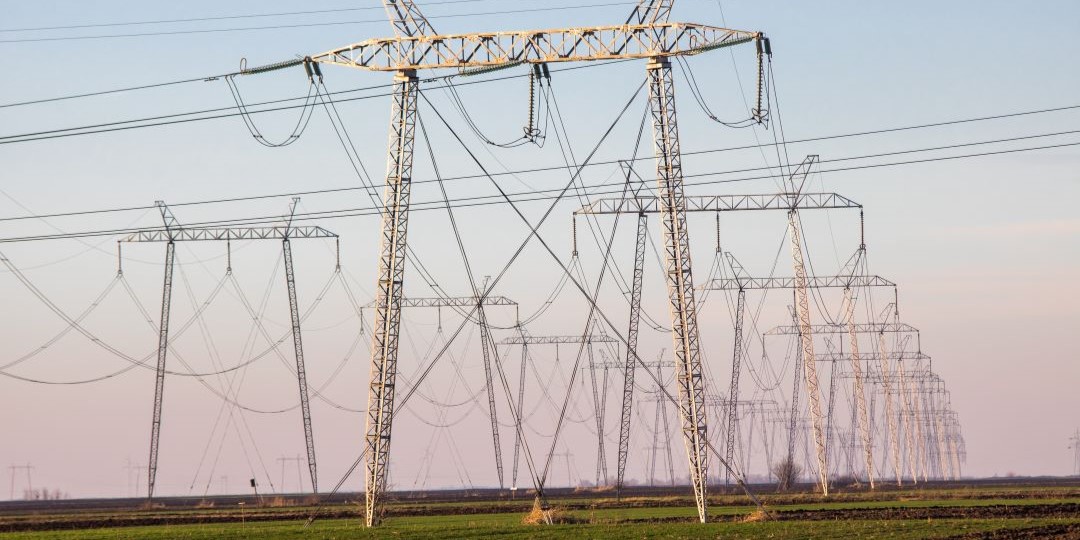By Richard Schulte, NERC Reliability Specialist
Having adequate resources available to meet the electrical demand is important to ensuring the reliability of the Bulk Electric System. Entities perform analysis of resources available and projections of load to ensure that demand can be met for any given time. Entities also include contingencies for events that may occur and cannot be predicted.
The Western Electricity Coordinating Council (WECC) recently published a report on the resource adequacy for the Western interconnection. This report, The Western Assessment of Resource Adequacy Report, provides an analysis of the resources in Western Interconnection for the next ten years. The analysis looked at the Western Interconnection as a whole, and the 5 subregions of the interconnection:
- Northwest Power Pool Northwest (NWPP-NW)
- NWPP Northeast (NWPP-NE)
- NWPP Central (NWPP-C)
- California-Mexico (CAMX)
- Desert Southwest (DSW)
For the report, Balancing Authorities in the Western Interconnection were requested to provide demand forecasts and resource projections for the upcoming ten years. Demand forecasts were provided for monthly energy and monthly peak information for the 10-year study period which was presented in three-time frames: annual, peak day, and peak hour. Resource projections included existing resources in service, Tier-1 (Resources that are under construction and expected to be complete and available for the year being studied), and Tier2 (Resources that are under contract but have yet to begin construction).
WECC then entered this information into their Multi-Area Variable Resource Integration Convolution tool (MAVRIC). Unlike other probabilistic methods, MAVRIC does not require a Planning Reserve value to be entered into the model. MAVRIC looks at the forecast demand and resource availability to calculate the necessary Planning Reserve Margin that will meet a predetermined adequacy threshold for each hour of the ten-year study. MAVRIC calculated a minimum, median, and maximum Planning Reserve Margin for every hour in the ten-year period for each Balancing Authority in the Western Interconnection. The calculated reserves were compared to the actual projected reserves to determine if the Balancing Authority will have enough resources to meet demand. If a Balancing Authority does not have the necessary reserves, they will need to import from a neighboring Balancing Authority or increase the resources available to meet the demand. An explanation of the MAVRIC tool and the MAVRIC process flow chart can be found on page 42 of the WECC report.
Using the information generated by MAVRIC, WECC was able to assess the adequacy of the Western Interconnection resource’s ability to meet projected demand over the next ten years in the region. WECC has made recommendations for maintaining resource adequacy for the interconnection as well as the sub-regions. The below links will take you to the WECC report as well as the reports for the 5 sub-regions of the Western Interconnection:











